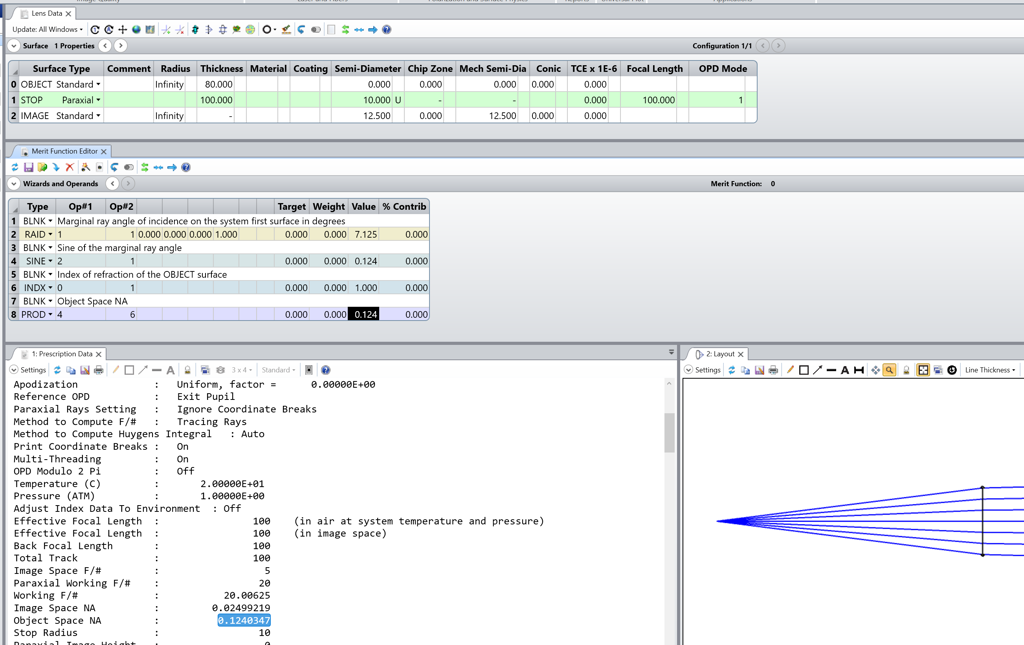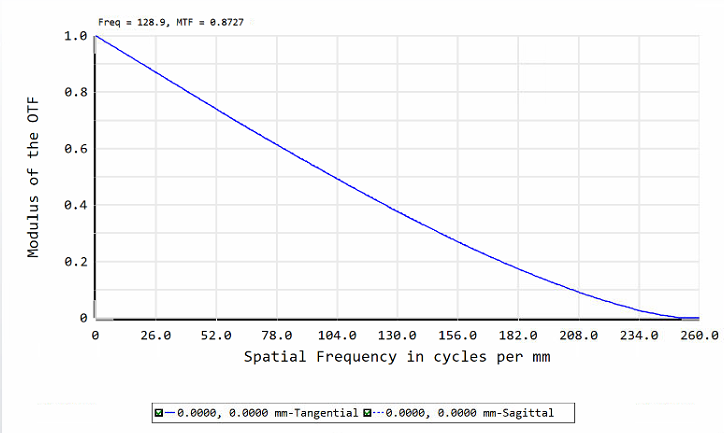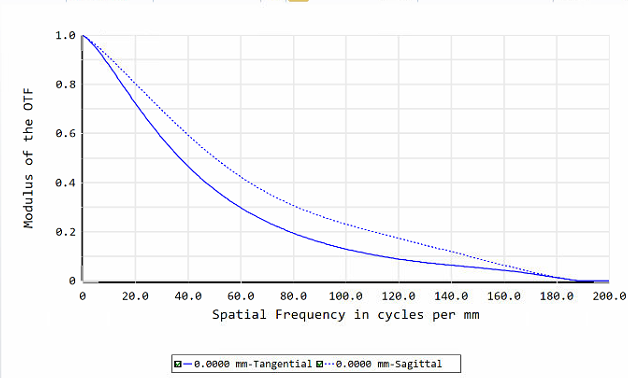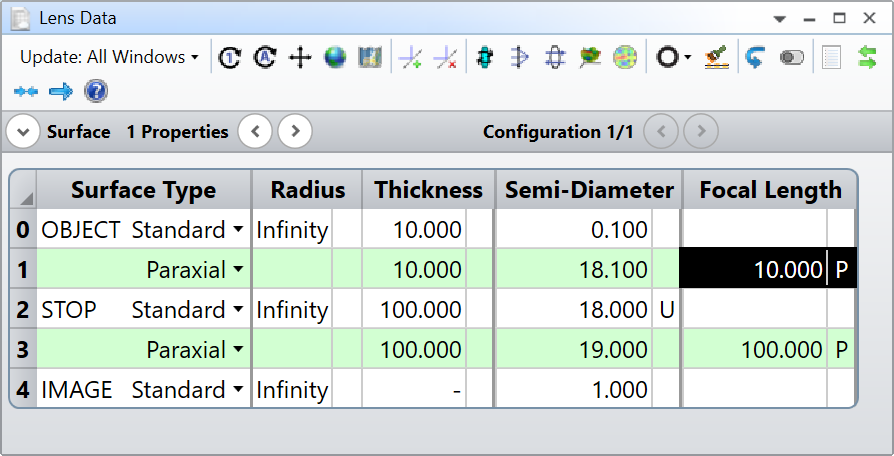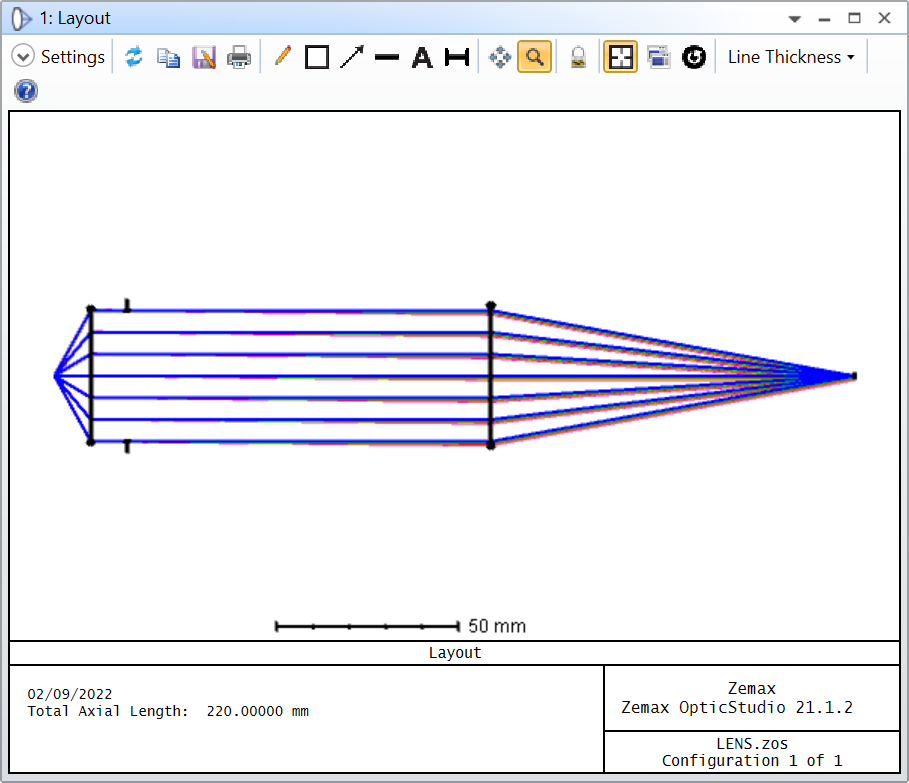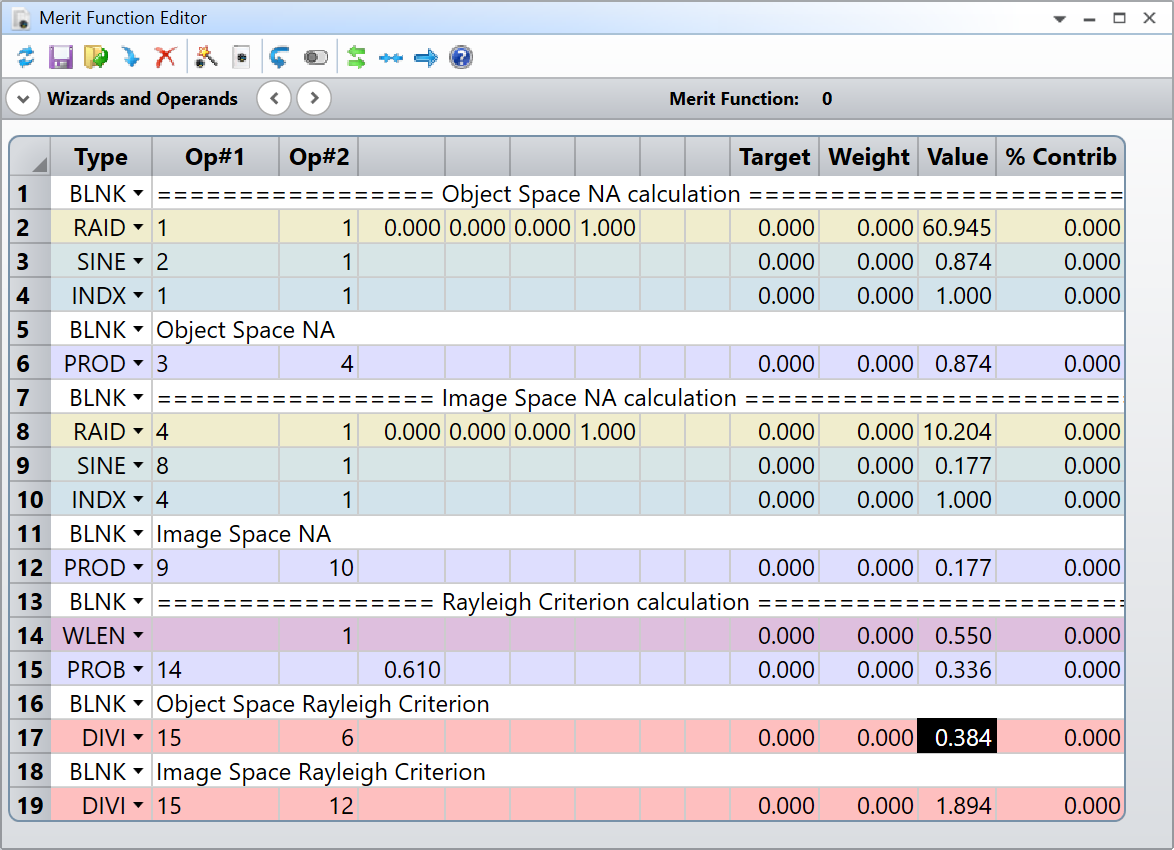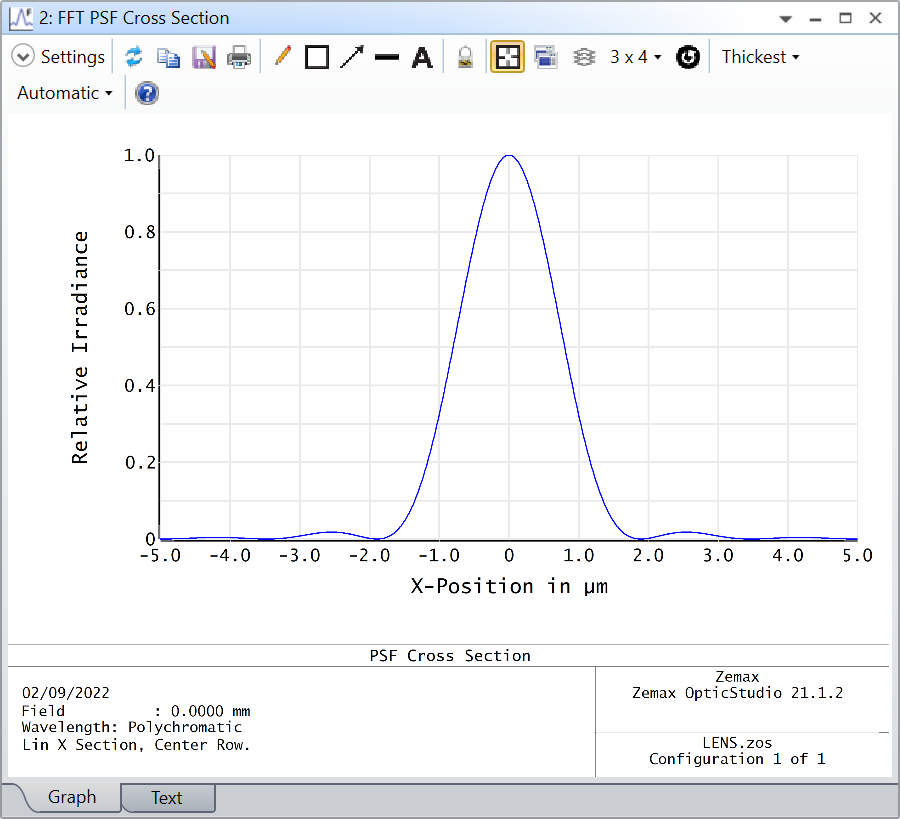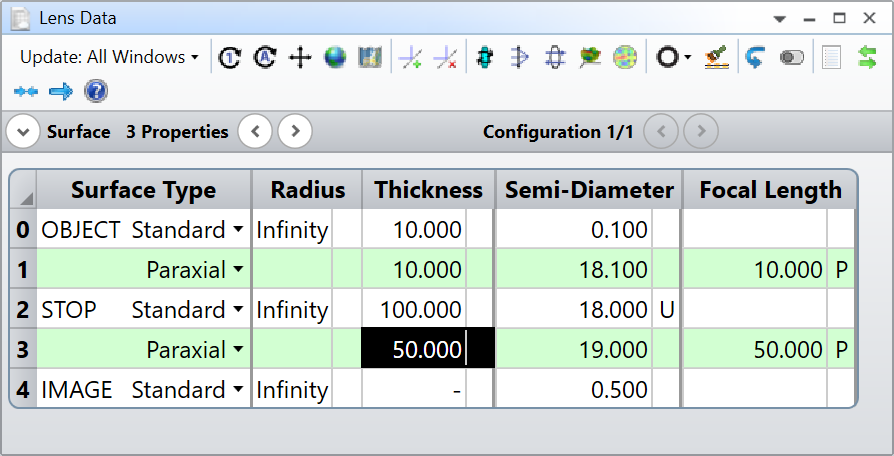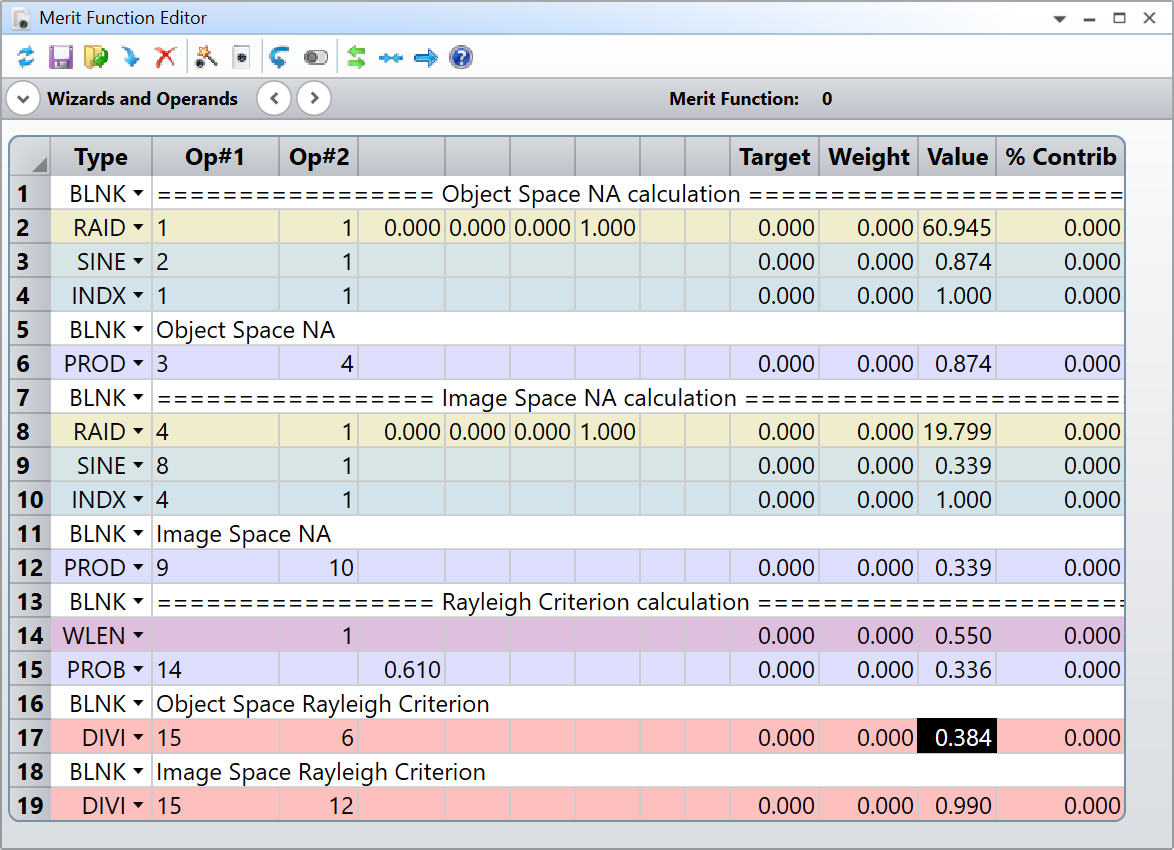Hi everyone,
I got the Object Space NA of our system from Prescription Data, and try use it to calculate resolution with resolution formula (lambda/(2*N.A.)). However, it is off a lot. Does this object space NA in prescription data define differently from what we learn from Relay Criteria?
Thanks,
Xiaolei




